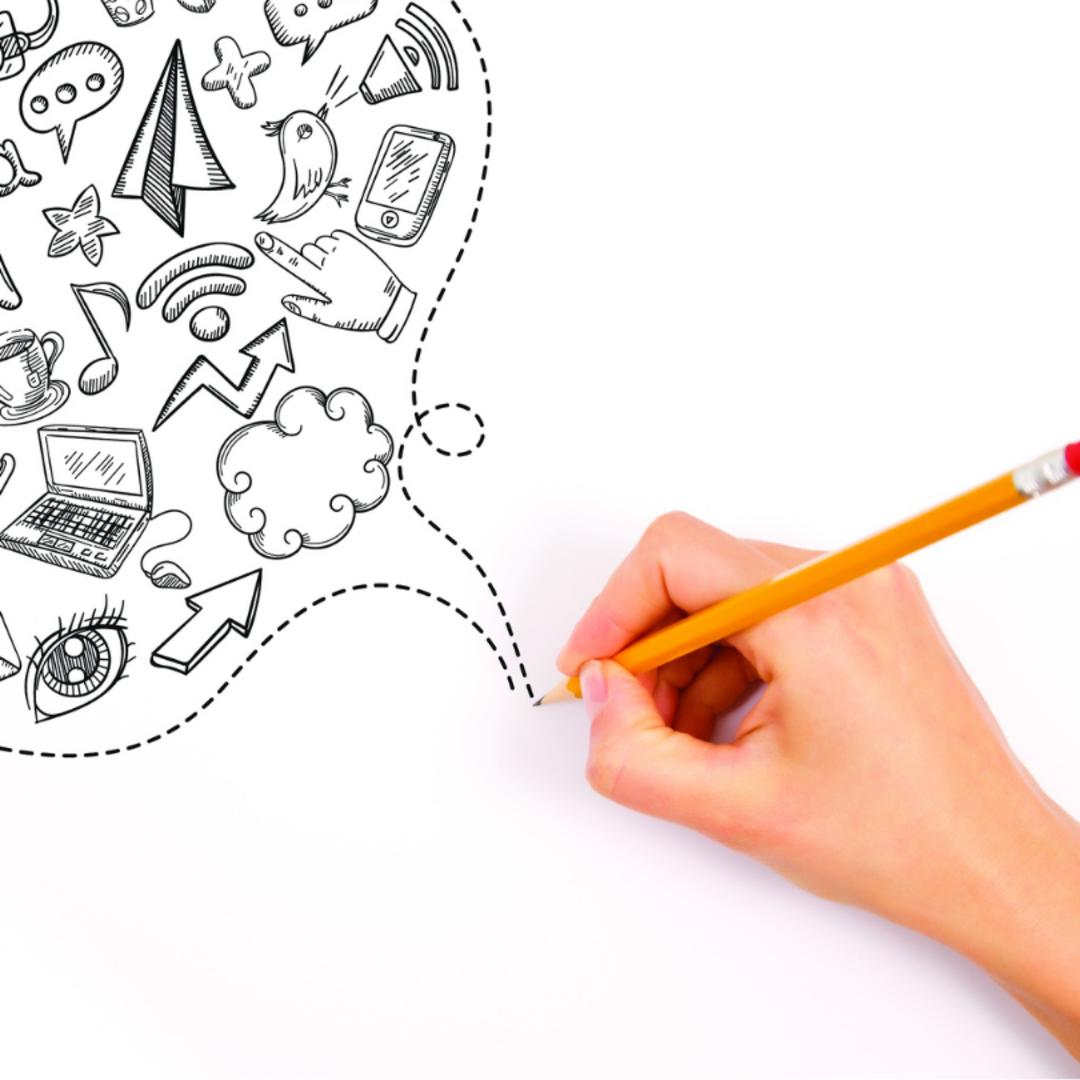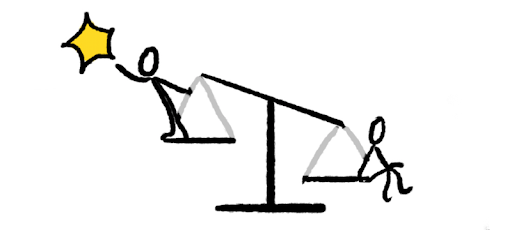Why Neurodiversity Needs Visual Storytelling

Isabelle Quigley | 05/12/2019
Visual storytelling has always been an essential form of expression. Isabelle Quigley explains how it helps her and the neurodivergent community.
They say ‘a picture is worth a thousand words’, but rarely on sites such as Facebook, LinkedIn and even Instagram have I seen an image unaccompanied by text. Rarer still are images that are designed solely to explain a point, that contain an entire idea within them. But for me, and many neurodivergent people like me, visual storytelling is an essential part of understanding the world.
Since I was young, I have gravitated towards drawing mind-maps, mazes and anything that takes a story and translates it into a visual experience. It is only since my diagnosis with ADHD last year that I have begun to realise how much visual storytelling means to me, despite years of struggling to concentrate through long strings of text.Example Text

A diagnosis has a way of re-framing so many experiences. I used to think of myself as a failure for not processing information as others did, for not ‘succeeding’ in places I now know I wasn’t meant to be. I used to think of my love of drawing as a distraction from ‘real work’ I often failed to complete. But with a better understanding of myself and my condition came a stronger appreciation of all that visual storytelling can do, especially for neurodivergent people.
Visual scribing (also known as graphic recording) is the art of translating a written or spoken story into a visual language. It connects concepts in a way that appeals instantly to the eye and the memory, increasing retention. For neurodivergent people like me, that have trouble processing large amounts of text, visual scribing has become an inadvertent accessibility tool. Learning how to visually scribe myself has greatly improved my ability to understand complex concepts.

Another advantage of the visual scribe format is that it aims to condense the story into the space of a page. This forces both the artist and the viewer to focus on the core ideas being expressed. For people with dyslexia, this form of information presentation can also be an accessible alternative to reading a long article that may not be possible to read otherwise (for example, it is not in a Dyslexia-accessible font or it has black text on a bright white background).
None of this is to say that you have to be neurodivergent or a ‘visual learner’ to appreciate visual storytelling. The beauty of the medium is that it is easily accessible, understood in a short amount of time and much easier to remember than a wall of text. Also, for those with vision impairments, images can still have an impact, especially in a digital space. With the advent of alt text, screen readers and image descriptions, the essence of these images are translated for everyone to share.

Visual storytelling has always been an essential form of expression, but many people, including myself, are only now beginning to understand the applications it has in the neurodivergent community. From my experience, neurodiversity and visual storytelling go hand in hand. My ADHD makes me a better visual scribe, and without it my experience of the world would be very different.
For me and so many neurodivergent people, a picture really is worth a thousand words.